We are happy to welcome longtime Classical Pursuits leader Sean Forester to our online programs. Following his Armchair Art Tours museum series in March, Sean will be offering a small-group seminar on Solitude and Beauty. The seminar combines presentations with discussion of art, photography, poetry and nature writing.
Melanie Blake: Tell us more about yourself and what you do.
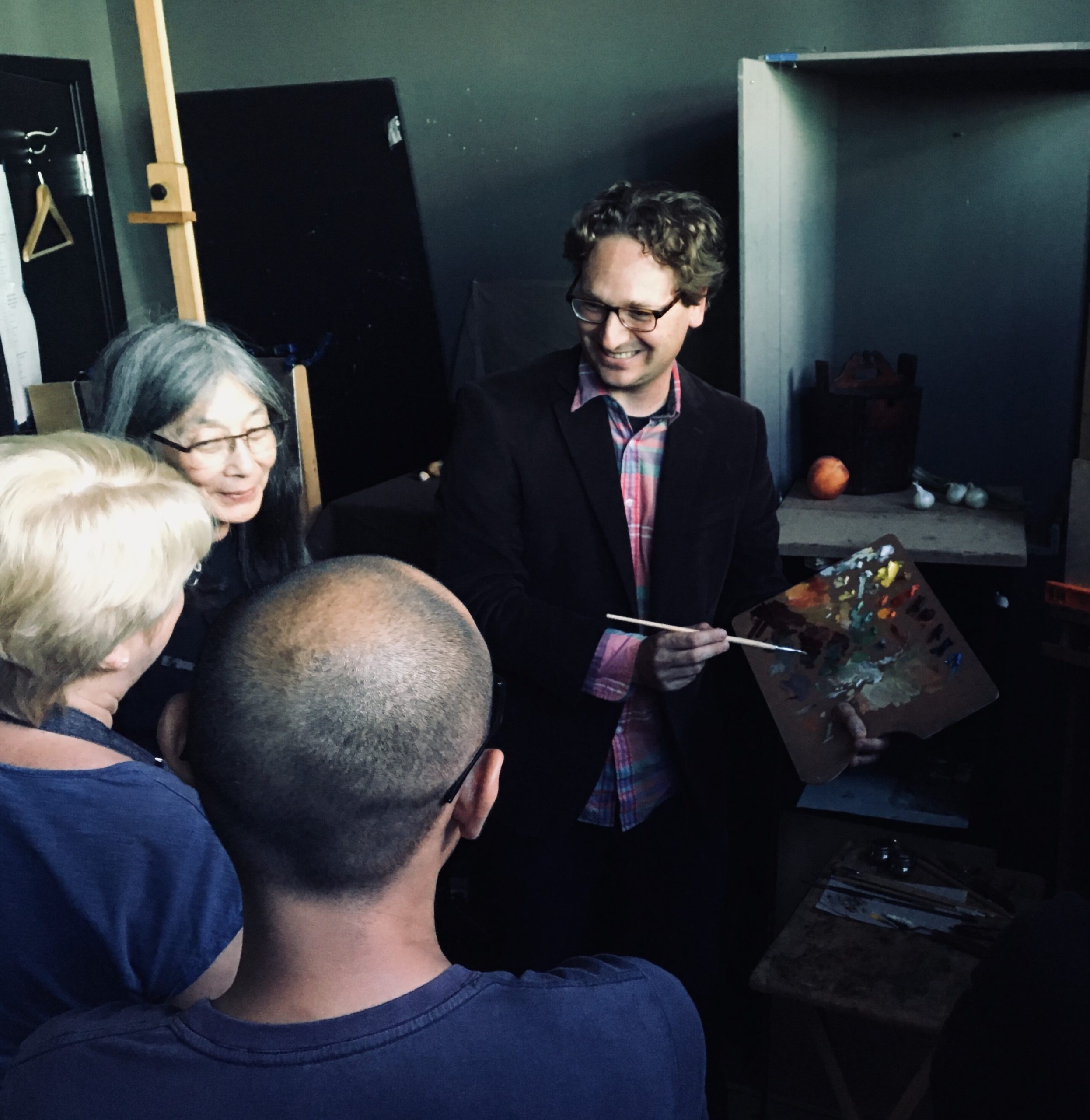
Sean Forester: I’m an artist. After reading literature at Cambridge, I studied then taught at the Florence Academy of Art. Learning classical painting in the city of Leonardo and Michelangelo was inspiring. My first Classical Pursuits tour was Dante’s Italy. We saw the places where key events in Dante’s life unfolded, climbed spiral stairs to the top of Brunelleschi’s dome, and listened to Gregorian chant in the ancient church of San Minato. Seminars that brought literature to life were followed by group dinners in Florence’s trattorias.
Eight years ago I moved back to the San Francisco Bay Area to paint and teach here. But I miss Europe, and look forward to each Classical Pursuits art and literature tour. I’m interested in how an artist or a writer combines technique and vision, form and content. For example, how do Vermeer’s techniques—colour, geometry, glazing, soft and sharp focus—influence the way we see his paintings?
MB: What has been your experience of the relationship between solitude and beauty during the pandemic?
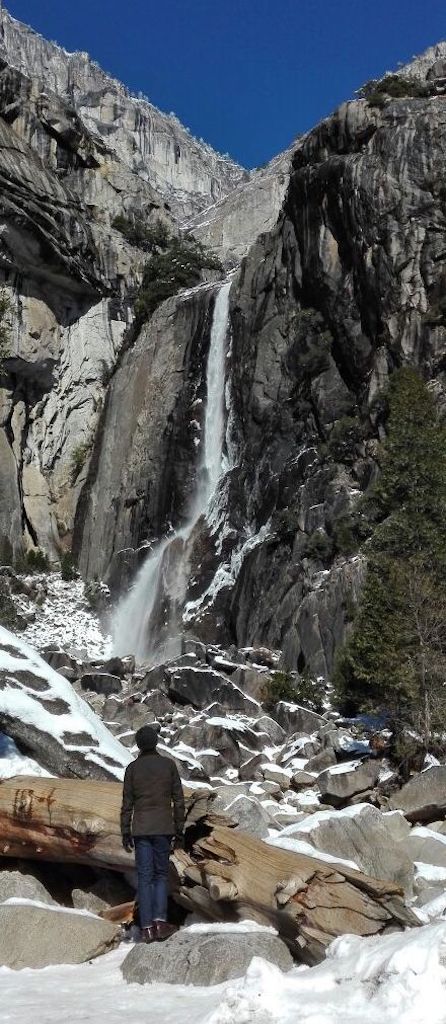
SF: I live by myself in a cabin with a beautiful garden on Sonoma Mountain. In normal times I would be teaching classes, painting with other artists, seeing family and friends. Because of COVID-19, that has ended, and I’ve been spending a lot of time alone. Nature has been a source of solace for me during the pandemic. I have enjoyed going to Armstrong Redwoods and the rugged Northern California coast. Solitude gives me an opportunity to deepen my practice of mindfulness and meditation. I’ve been exploring Zen and the arts of Japan for the tour I will lead in November 2021.
Over the last few months, I have thinking about solitude and beauty and how great art can help us experience “silence and slow time” as Keats puts it. So, I’m offering an online seminar that combines European painting and American wilderness writing with Japanese gardens and haiku poetry.
MB: Is there a difference between solitude and loneliness?
SF: Yes. You can feel lonely when you are alone, but you can also feel lonely in crowd of people. And solitude can enable feelings of unity that are the opposite of loneliness. Admiral Richard Byrd describes an experience he had while spending a winter alone in the Antarctic manning a weather base:
“The day was dying, the night being born—but with great peace. Harmony, that was it! It was a feeling that transcended reason; that went to the heart of man’s despair and found it groundless. The universe was a cosmos, not a chaos; man was rightfully a part of that cosmos as were day and night.”
MB: Your seminar explores the relationship between solitude and beauty across cultures; why do you think these are so often linked?
SF: Solitude allows us to slow down, to be more awake to what is around us and within us. Art and writing are essentially solitary activities. They connect the outer world with our inner world.

For this seminar, we will be exploring the art of solitude and beauty in three ways: European interiors, the American wilderness as seen by writers and painters, and artistically shaped nature in Japanese gardens and poetry.
What they all share is the intense concentration and artistic sensibility of their creators. Owing to different environments and cultures, we expect striking differences. But we can also discover fundamental similarities which expand our understanding of the universal value of looking deeply and being open to beauty.
MB: Tell us about the writers and artists featured in the seminar, and some of the images you are most drawn to.
SF: The paintings of Johannes Vermeer and Wilhelm Hammershøi show solitary figures in the beautiful interiors of their homes. Colour was central for Vermeer, while Hammershøi was more of a tonalist and used a limited palette.
Edward Hopper explores solitude and loneliness in a modern American context. All three painters were both great composers who use harmonic divisions and repetitions of key shapes. They skillfully place their human figures within the space.
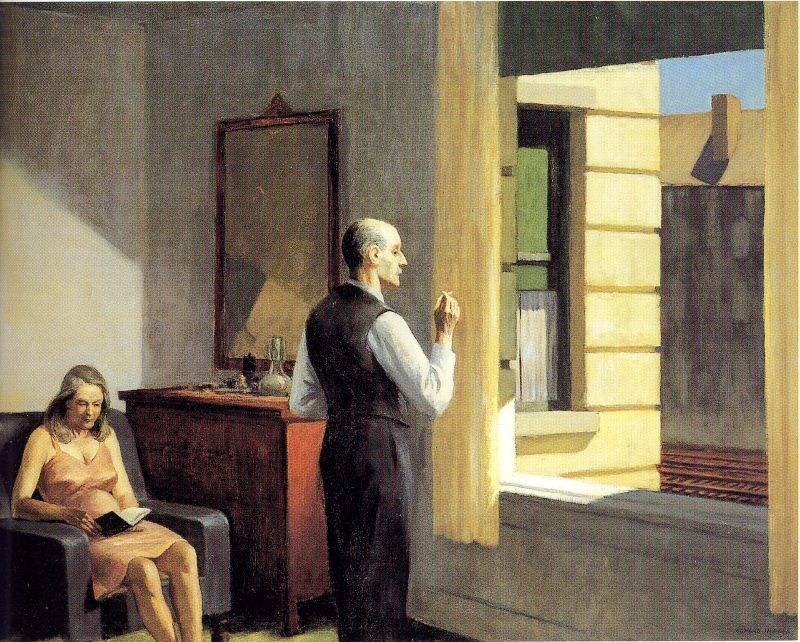
The grandeur of the mountains of California and the red rock high deserts of Arizona and New Mexico are beautifully depicted by artists such as Ansel Adams and Georgia O’Keeffe. In Ken Burns’ documentary on the National Parks, he calls our decision to preserve wilderness America’s “best idea.” Along with some of the [country’s founding] principles, I think Burns is right; the United States was the first country in the world to preserve wilderness for the people when Lincoln signed the Yosemite Grant in 1864.
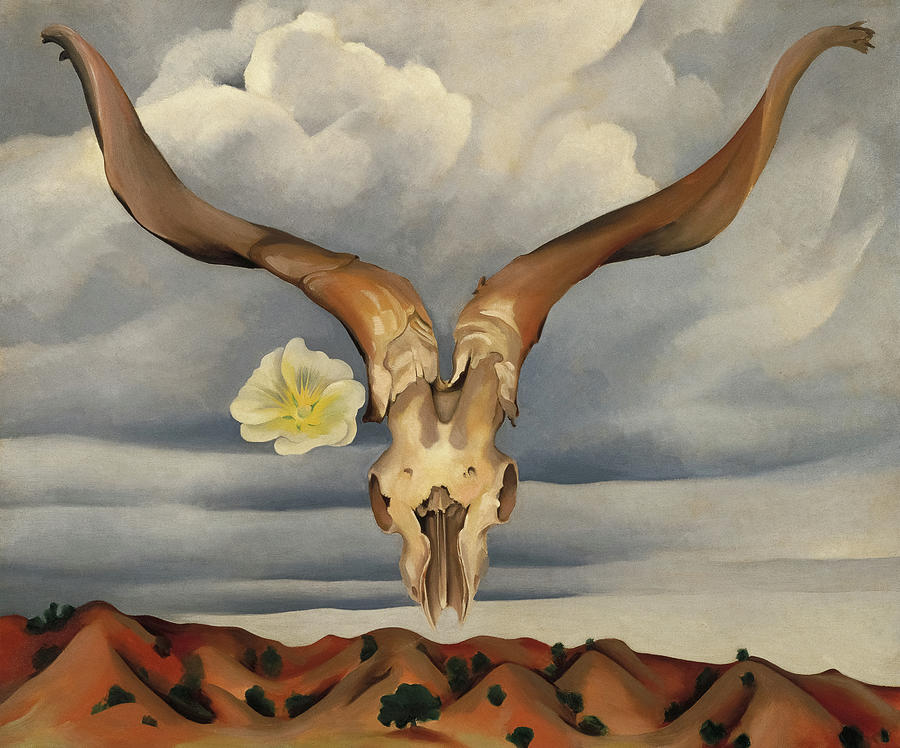
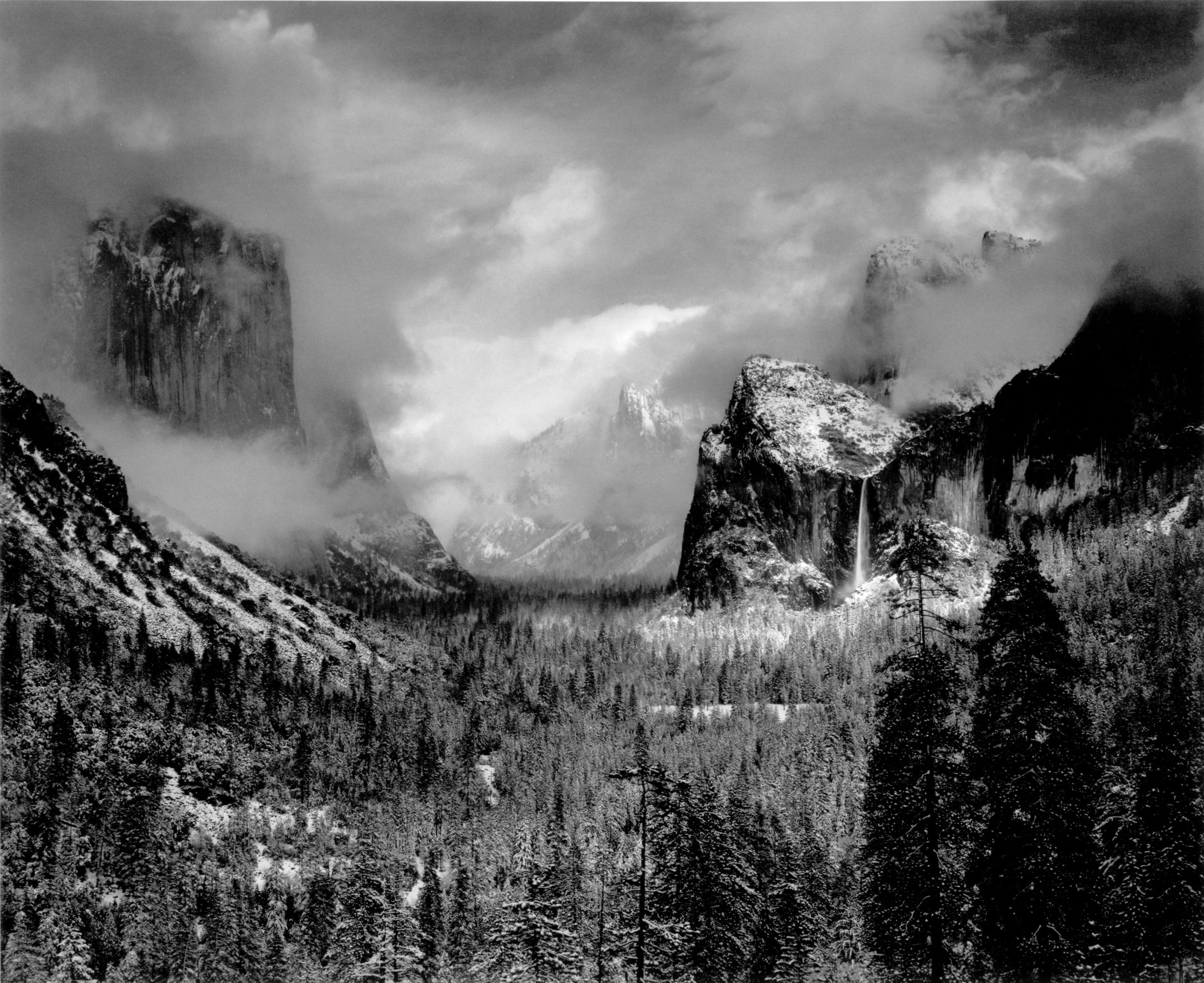
For me, the writings of Edward Abbey and John Muir vividly capture the experience of connection to nature through solitude. They take me right there, back to my experiences of backpacking in the Sierra Nevada and painting the red rocks of the Southwest.
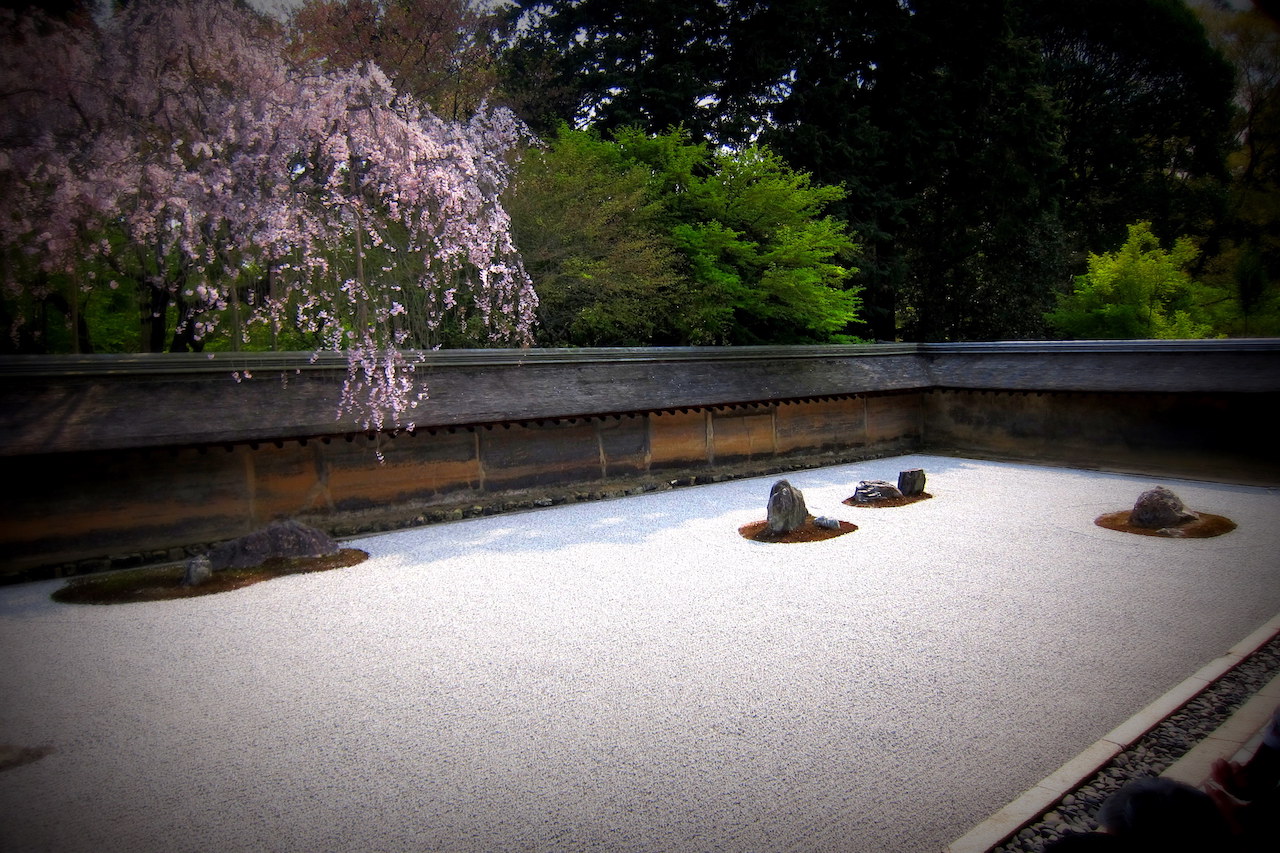
Japanese gardens are symbolic recreations of nature. There is a remarkable stillness and emptiness one can feel in a Zen rock garden. Nature and the four seasons are evoked through symbol. We will read and discuss some of Japan’s greatest haiku poets: Basho, Buson, and Issa. And haiku also has a duality where a confined poetic form allows for surprise and discovery.
Aristotle famously said that man is a social animal, that a solitary person is either a beast or a god. There are a few monastic hermits, a few wandering yogis. But for most of us, solitude needs to be balanced with human connection. We need both. Through art, the solitary inner world of the artist can be shared with others. This happens when we are swept up in the beauty of Bach’s Mathew Passion, the depth of one of Shakespeare’s soliloquies or Rembrandt’s self-portraits. In science, mathematics and philosophy, the situation is similar. Some of the brightest lights such as Newton and Einstein made their breakthroughs in solitude, yet they also participated in a community of research. And that brings us back to my seminar. We will be discussing solitude and beauty as a group, sharing our thoughts about the readings and artworks.
MB: Thank you, Sean. Join Sean and a group of keen participants starting September 9 for Solitude and Beauty.


